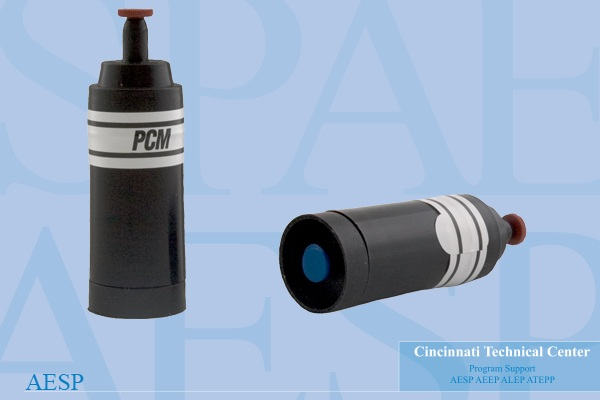Your Overview to Effective Asbestos Checking Procedures
Asbestos testing treatments are a critical part of guaranteeing the safety of interior atmospheres, especially in older structures where this dangerous product might be present. The possible health and wellness risks connected with asbestos exposure make it necessary to come close to screening with precision and thoroughness. From comprehending the properties of asbestos to effectively analyzing test outcomes, a comprehensive guide can furnish individuals with the understanding and tools needed to browse this complex process. Stay tuned to discover the vital steps and factors to consider that can aid you protect versus the dangers positioned by asbestos.
Understanding Asbestos and Its Risks
Asbestos, a naturally occurring mineral recognized for its warm resistance and sturdiness, poses severe health and wellness dangers when its fibers are breathed in or ingested. asbestos air testing. Direct exposure to asbestos can lead to major health and wellness conditions such as lung mesothelioma, asbestosis, and cancer. Regardless of its helpful buildings, asbestos has been extensively outlawed in lots of nations due to the tested link in between asbestos direct exposure and these life-threatening diseases
The risk hinges on the microscopic fibers that can easily become air-borne when asbestos-containing products are disrupted or damaged. As soon as inhaled, these fibers can become lodged in the lungs, causing inflammation and scarring gradually. The latency period in between direct exposure to asbestos and the development of related conditions can cover several years, making early discovery and avoidance critical.
Asbestos was commonly used in building and construction materials, insulation, and automotive components before its wellness dangers were fully understood. Today, correct testing and elimination of asbestos-containing materials are important to safeguard individuals from the dangers connected with asbestos direct exposure.
Identifying Potential Asbestos Products
The identification of possible asbestos products is an essential step in making sure the safety of people subjected to hazardous materials in various atmospheres. Asbestos can be located in a large range of structure products, consisting of but not limited to insulation, ceiling floor tiles, flooring ceramic tiles, cement sheets, and roof roof shingles - Asbestos Air Sampling. Identifying these products precisely is necessary to properly managing the threats linked with asbestos direct exposure

In instances where aesthetic inspection is inconclusive, samples of believed products can be accumulated and sent out to recognized research laboratories for testing. These laboratories use specialized techniques such as polarized light microscopy or transmission electron microscopy to accurately determine the presence of asbestos fibers in the samples. By complying with extensive identification treatments, individuals can efficiently reduce the risks connected with asbestos exposure.
Choosing the Right Screening Technique
Recognition of potential asbestos materials plays a vital duty in establishing the suitable testing method for accurate asbestos fiber discovery. When thought products have been recognized, picking the ideal testing method is essential to make certain trustworthy results. There are two main approaches for asbestos screening: polarized light microscopy (PLM) and transmission electron microscopy (TEM) PLM is frequently made use of for initial testing as click here for info it is economical and offers fast results. Nonetheless, PLM has restrictions in spotting asbestos fibers that are smaller than 1 to 3 microns. On the various other hand, TEM is an advanced method that can properly recognize asbestos fibers at the ultrastructural level. While TEM is more expensive and lengthy than PLM, it offers higher sensitivity and specificity in asbestos detection. Picking the suitable screening technique depends on different variables such as the sort of material being examined, the required sensitivity of the analysis, and the offered budget. It is crucial to speak with recognized asbestos testing professionals to identify the most suitable method for your specific testing demands.
Conducting Example Collection Safely
When accumulating examples for asbestos screening, prioritizing precaution is critical to decrease prospective direct exposure threats. Asbestos fibers are unsafe my sources when disturbed, making it important to comply with proper safety methods throughout example collection - asbestos inspection. Prior to starting the tasting procedure, guarantee that you are geared up with personal protective equipment (PPE) such as disposable coveralls, masks, handwear covers, and goggles to stop inhalation or contact with asbestos fibers
It is necessary to wet the tasting area using a gentle mist of water to avoid the fibers from coming to be airborne during collection. Usage care when collecting examples and avoid aggressive scuffing or piercing that could launch asbestos fibers right into the air. Instead, very carefully reduced a tiny piece of the material using suitable tools and position it into a sealed container for evaluation by a certified laboratory.
Additionally, identifying each example with detailed information regarding the sampling area, enthusiast, and day's name is crucial for exact record-keeping and evaluation. By complying with these safety guidelines, you can conduct sample collection for asbestos screening properly while decreasing the risk of direct exposure.
Translating Test Outcomes and Following Actions

Conclusion
In verdict, effective asbestos screening procedures are crucial in determining and managing possible health dangers connected with asbestos exposure. By understanding the risks of asbestos, recognizing prospective products, selecting the right screening method, carrying out example collection safely, and translating test results properly, individuals and organizations can take the required actions to safeguard themselves and others from the damaging results of asbestos. It is essential to focus on safety and security and proper testing methods to make sure a healthy atmosphere for all.

Recognition of possible asbestos materials plays a critical duty in establishing the appropriate screening method for accurate asbestos fiber discovery. The test results will suggest the existence or lack of asbestos, the type of asbestos fibers present, and the concentration levels.In verdict, reliable asbestos screening procedures are necessary in identifying and handling possible health dangers connected with asbestos exposure. By recognizing the dangers of asbestos, determining possible products, selecting the right screening method, conducting sample collection safely, and analyzing examination results precisely, organizations and people can take the needed steps to safeguard themselves and others from the harmful impacts of asbestos.